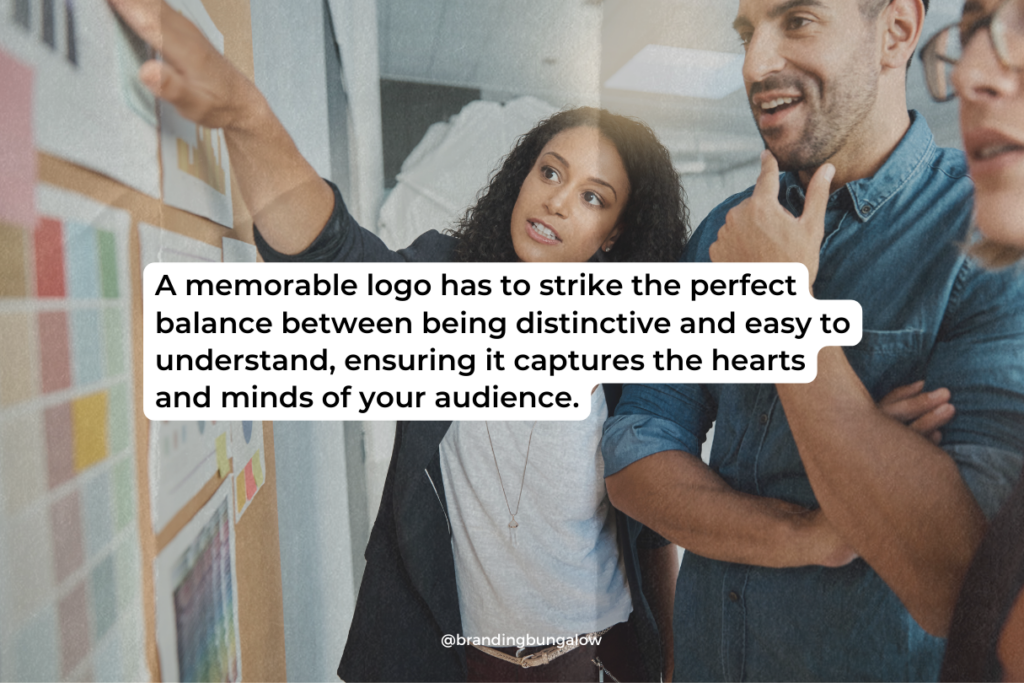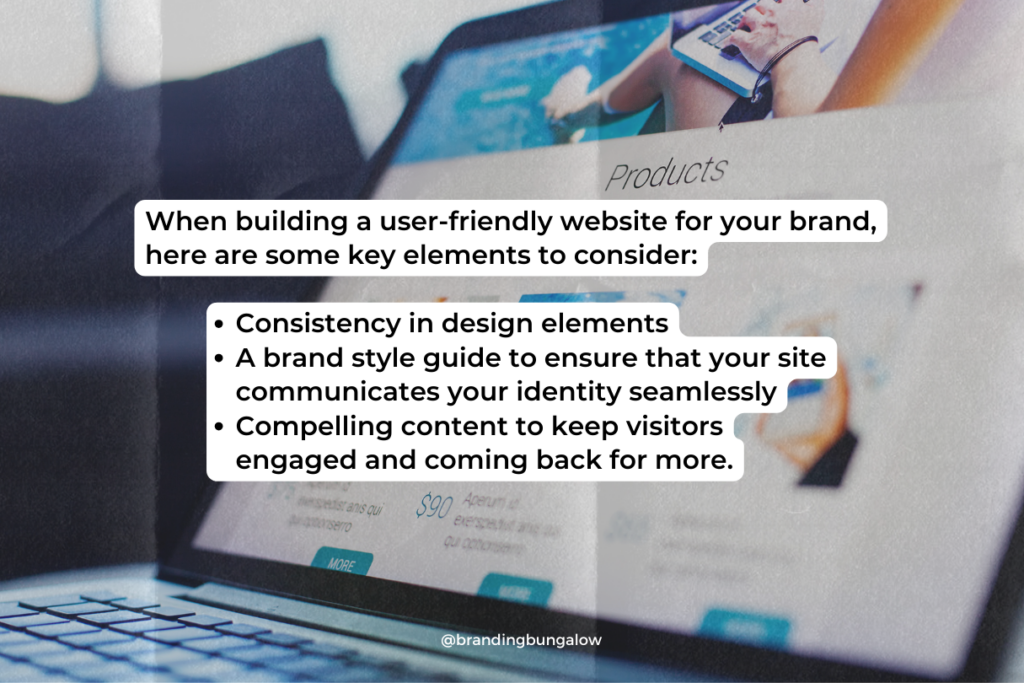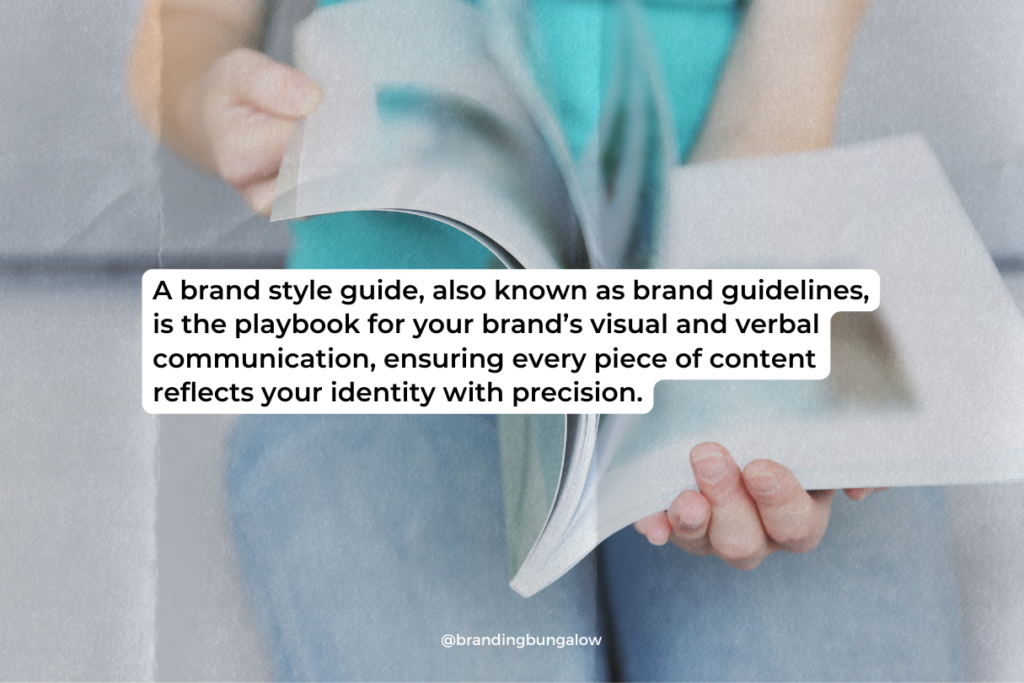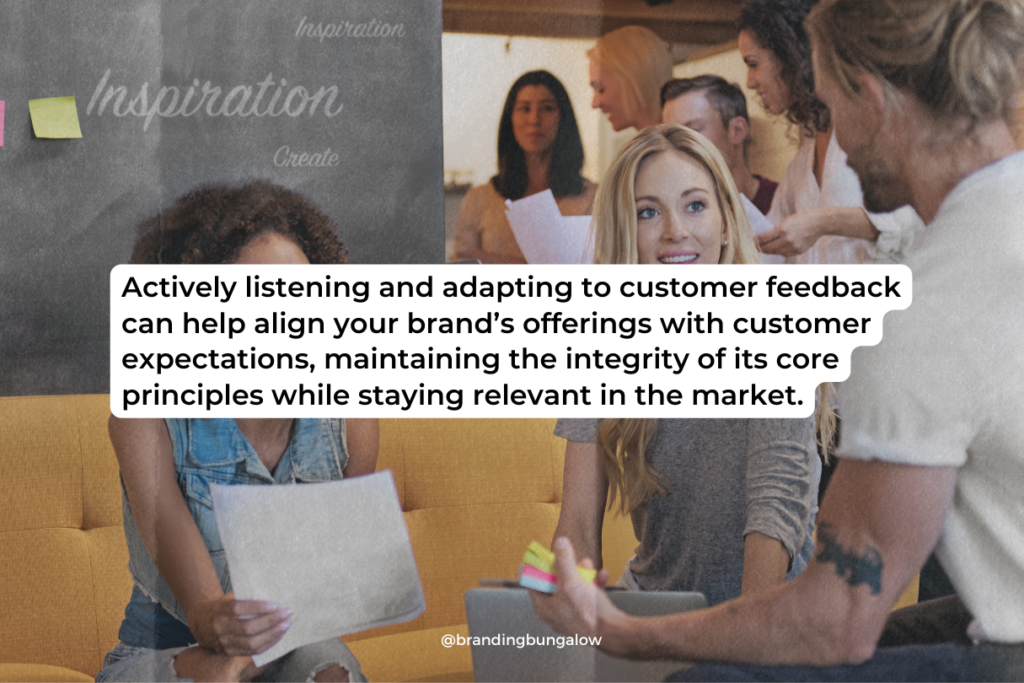Mastering the Basics: A Step-by-Step Blueprint to Start a Brand
If you’re asking ‘How do I start a brand?’ then this step-by-step guide is your answer. Designed to turn abstract ideas into concrete realities, we’ll walk you through defining your brand identity, delving into market research, creating impactful visuals, and constructing a strong online presence. Each section offers clear, direct advice without the fluff. That way, we ensure you’re equipped to build a brand that resonates with your audience and lasts.
Key Takeaways
- Brand identity encompasses core values, brand personality, and visual impact. Together, they form an embodiment of the business’s promise to customers and lay the groundwork for customer loyalty and future success.
- A compelling brand strategy should include identifying target customers, analyzing the competitive landscape for market opportunities, and clearly stating the brand’s unique value proposition to differentiate from competitors.
- Brand consistency across all elements — from visual design like logos to the unified message spread across marketing materials and social media — is crucial for creating a familiar and trusted brand identity.
Decoding Brand Identity

Embarking on the brand building process is akin to crafting a distinct personality that echoes through the marketplace. Brand identity isn’t just about a striking logo or catchy tagline. It’s the embodiment of your business’s promise to your customers. This personality shapes perceptions, encapsulates your ethos, and lays the groundwork for customer loyalty and future success. Through effective brand positioning, you can further strengthen your brand identity and ensure a lasting impact on your target audience, while also developing a strong personal brand.
We’ll examine the elements that constitute a brand’s identity, encompassing everything from its core values to its visual impact.
Understanding Your Brand’s Core Values
At the heart of your brand lie its core values. These are the guiding principles that articulate your brand’s purpose and ensure every decision aligns with your vision. Consider Asana’s mission of effortless teamwork. It is emblematic of a brand ethos that resonates with its user base, emphasizing efficiency and collaboration.
Similarly, POP Fit Clothing’s commitment to inclusivity and body positivity reflects the unique values that can define a brand’s character and appeal to its audience.
Envisioning Your Brand Personality
Crafting a brand personality is about giving your business a voice and a demeanor that captivates your target audience. It’s the combination of traits that signal to customers that your brand is in sync with their values and interests. To crystallize your brand’s personality, choose adjectives that capture its essence and weave a core message that embodies these characteristics consistently across all touchpoints. These concepts should reflect the unique aspects of your brand’s personality.
Storytelling should stir emotions, blending authenticity with facts to strengthen your brand narrative.
Visual Identity and Its Impact
A brand’s visual identity is its silent ambassador. It often makes the first impression and sets the emotional tone for customer perception. This identity encompasses the logos that symbolize core values, the typography that ingrains brand retention, and the color palettes that narrate the brand story through emotions.
This is not just about aesthetics; it’s about creating a visual language that communicates the brand’s essence at a glance.
Crafting a Compelling Brand Strategy
A compelling brand strategy is your roadmap to a successful brand, guiding you through understanding your audience, analyzing your competition, and crafting a unique value proposition. It encompasses the articulation of your brand’s identity and how it’s presented to the world. Think of it like a strategic playbook that details the essence of what makes your brand tick and how it stands out in the marketplace.
Identifying Target Customers

Identifying your target audience steers your brand strategy, ensuring your brand communicates effectively with its intended consumers. By diving into the preferences and behaviors of your audience, you create a brand that not only meets their needs but also resonates on a deeper level, paving the way for impactful marketing campaigns.
The creation of user personas and audience segmentation brings to life a nuanced understanding of your ideal customers. This definition allows for tailored branding that speaks their language.
Competitive Landscape Analysis
Understanding the terrain of the competitive landscape is a vital reconnaissance mission that can reveal market gaps and inspire innovative opportunities. By evaluating the strengths and weaknesses of your competition, you can carve a niche that sets your brand apart. To achieve this, it’s essential to conduct market research. Take Tesla’s venture into electric vehicles as a classic example of a brand that identified and capitalized on an unmet marketplace need. It helped pave the way for a greener future.
Developing Your Value Proposition
The essence of your brand’s allure lies in its value proposition. That is, a statement that captures your unique selling points and clarifies why customers should choose you over the competition. It’s about pinpointing what makes your brand special, as well as understanding and communicating your brand values, like Hustle & Hope’s blend of greeting cards with social impact or Marcella NYC’s commitment to affordable sustainability in fashion. Crafting a strong brand positioning statement can help you achieve this clarity and differentiation.
This proposition becomes a beacon that guides your marketing and communication strategies, building trust and momentum with your customers.
Naming Your Venture
A brand’s name is its first handshake with the world, a defining moment that can spark interest and foster recognition. It’s a crucial element that, alongside a well-crafted slogan, captures the spirit of your brand and embeds it in the minds of your audience.
As you brainstorm this pivotal piece of your brand’s identity, remember to envision a name that can grow with your business. Thus, you accommodate future expansion and evolution.
Brainstorming Business Name Ideas
The creative process of brainstorming business names is a playground of imagination. It’s where techniques like word dumps, alternate spellings, and mood boards can spark that perfect moniker. A thesaurus can offer a treasure trove of synonyms. In addition, exploring foreign languages can add an exotic flair to your brand’s title. Engaging diverse perspectives through focus groups can also enrich your naming journey with fresh insights and ideas.
Checking Availability and Legal Considerations
Securing the perfect name for your brand is a legal and digital odyssey. It requires thorough trademark searches and domain availability checks to safeguard your brand’s unique presence.
Ensuring the social media handles align with your chosen name is not just about protection. It’s about crafting a seamless online identity that customers can easily connect with across platforms.
Designing Your Brand’s Logo

Your logo is the cornerstone of your brand’s visual identity. It is a symbol that can convey your story and principles at a mere glance. It’s often the first element of your brand that customers encounter, so it should be designed to leave a lasting impression and reinforce brand loyalty. With the right design, like Opal Camera’s emblematic use of color and typography, your logo can capture the very essence of your brand.
Principles of Memorable Logo Design
A memorable logo is a beacon of your brand’s identity, encapsulating its essence in a form that’s both meaningful and simple. It has to strike the perfect balance between being distinctive and easy to understand. Thus, it ensures it captures the hearts and minds of your audience.
Collaborating with Designers or Using DIY Tools
When it comes to bringing your logo to life, you can either collaborate with professional designers for a tailor-made solution or tap into the world of DIY logo maker tools for a more budget-friendly option.
Platforms like Upwork, Fiverr, and Canva offer a spectrum of choices, from bespoke designs that reflect your brand’s unique flair to customizable templates that fit your identity with ease.
Building a Strong Online Presence
In the digital age, a strong online presence is a lifeline for your brand. SEO strategies and a user-friendly website serve as the foundation for visibility and credibility. Through meticulous keyword research, engaging content, and technical finesse, SEO can catapult your brand to the top of search results, earning the trust of potential customers.
Meanwhile, a well-crafted website acts as your brand’s home base. It becomes a central hub where your identity takes center stage and invites interaction.
Creating a User-Friendly Website

Building a user-friendly website is a strategic blend of art and functionality, where platforms like WordPress serve as your canvas.
Here are some key elements to consider:
- Consistency in design elements
- A brand style guide to ensure that your site communicates your identity seamlessly
- Compelling content to keep visitors engaged and coming back for more.
Leveraging Social Media Marketing
Social media is your brand’s megaphone. It amplifies your voice across the digital expanse and connecting you with your audience in real-time. By selecting the right platforms and maintaining consistent messaging, you can nurture brand recognition and foster deep engagement with your community.
Consistency Is Key: Unifying Your Brand Elements
Brand consistency is the drumbeat to which your brand marches. It ensures that every marketing material sings the same tune and reinforces the same message. From your logo’s prominence to the uniformity of your brand voice across social media, consistency cultivates a familiar and trusted brand identity.
It’s about weaving a cohesive narrative that customers can recognize and relate to, no matter where they encounter your brand.
The Role of a Brand Style Guide

A brand style guide, also known as brand guidelines, is the playbook for your brand’s visual and verbal communication. This blueprint ensures every piece of content reflects your identity with precision. It details everything from:
- logo usage
- color palette
- typography
- tone of voice
This provides a clear framework for a unified brand experience.
Training Brand Ambassadors and Employees
Empowering your employees and brand ambassadors with a deep understanding of your brand’s identity transforms them into authentic representatives who can:
- Extend your reach
- Bolster your reputation
- Enhance customer perceptions
- Foster lasting relationships
Through targeted training initiatives, they become the living embodiment of your brand.
Engaging Your Audience: Marketing and Outreach
Engaging your audience is about more than just capturing attention. It’s about building a bond that turns casual browsers into loyal customers. By aligning your brand with the values of your customers, you create authentic connections that foster trust and encourage ongoing interaction.
Whether it’s through eye-catching ads or evocative social media posts, your marketing efforts should tell a story that resonates and inspires.
Content Marketing and Storytelling
Content marketing and storytelling are your avenues to sharing your brand’s narrative with the world. Creating content strikes a chord with your audience’s emotions and values. By keeping your brand story succinct and focused, you capture interest and maintain engagement. Consequently, you ensure your message is heard loud and clear through your marketing materials.
Understanding your customer persona at a deep level guides your storytelling to meet their functional and emotional needs, making your brand memorable and impactful.
Hosting Events and Collaborations
Events and collaborations offer dynamic platforms to showcase your brand, creating experiences that can elevate the perceived value of your offerings within the community. Engaging with your audience online, responding to comments, and fostering a conversation can magnify your brand’s presence and deepen the connection with your followers.
Measuring Success and Adapting

The genuine success of your brand is determined by its resonance with customers and its longevity. Regularly tracking brand recall and performance metrics provides valuable insights into the effectiveness of your marketing strategies and the loyalty of your customer base.
It’s about being agile, adapting to feedback, and refining your approach to continue growing and engaging your audience.
Setting and Tracking Brand KPIs
Establishing and monitoring brand KPIs is an essential aspect of gauging your brand’s success. Clear objectives and measurable goals form the backbone of a strategy that can be evaluated for ROI and optimized for performance. This data-driven approach ensures your brand strategies are not just creative but also effective.
Responding to Customer Feedback
Customer feedback is the compass that guides a brand’s evolution, providing the insights necessary to refine and enhance your brand’s identity and strategy. By actively listening and adapting to this feedback, a brand can align its offerings with customer expectations, maintaining the integrity of its core principles while staying relevant in the market.
Summary
From the foundational work of establishing your core values to the ongoing task of engaging with your audience and adapting to feedback, building a brand is both an art and a science. By following this blueprint, you’ve taken the first steps towards creating a brand that not only stands out but also stands for something meaningful. Remember, the brand you build today is the legacy you leave tomorrow.
Frequently Asked Questions
How do I define my brand’s core values?
To define your brand’s core values, reflect on the purpose of your company, consider guiding principles, and seek inspiration from companies like Asana and POP Fit Clothing. This will help you align your brand with meaningful values.
Can a brand’s name affect its future growth?
Yes, a brand’s name can affect its future growth by either accommodating expansion or limiting potential. Be mindful of this when choosing a brand name.
Should I hire a professional designer or use a DIY tool for my brand’s logo?
It depends on your budget and design needs. A professional designer offers expertise and customization. DIY logo makers are cost-effective and quick with customizable templates to fit your brand’s identity.
What is the role of a brand style guide?
A brand style guide is crucial for ensuring consistency in a brand’s visual identity and communications across different platforms, which ultimately contributes to a cohesive brand experience.
How do I measure the success of my brand strategy?
You can measure the success of your brand strategy by tracking brand KPIs, evaluating brand recall, monitoring changes in market share and sales performance, and assessing customer loyalty through retention rates and Net Promoter Score. This will give you a clear understanding of the impact of your brand strategy.
Recent Blog Entries
Discounts to Dubsado CRM, Helcim Payment Processing and...
Brand audits can save your business' sinking marketing ship.
What's happening to Coke and what you can learn from it.
Shop Products
Create a personalize brand board by taking elements from our 3 signature brand board templates.